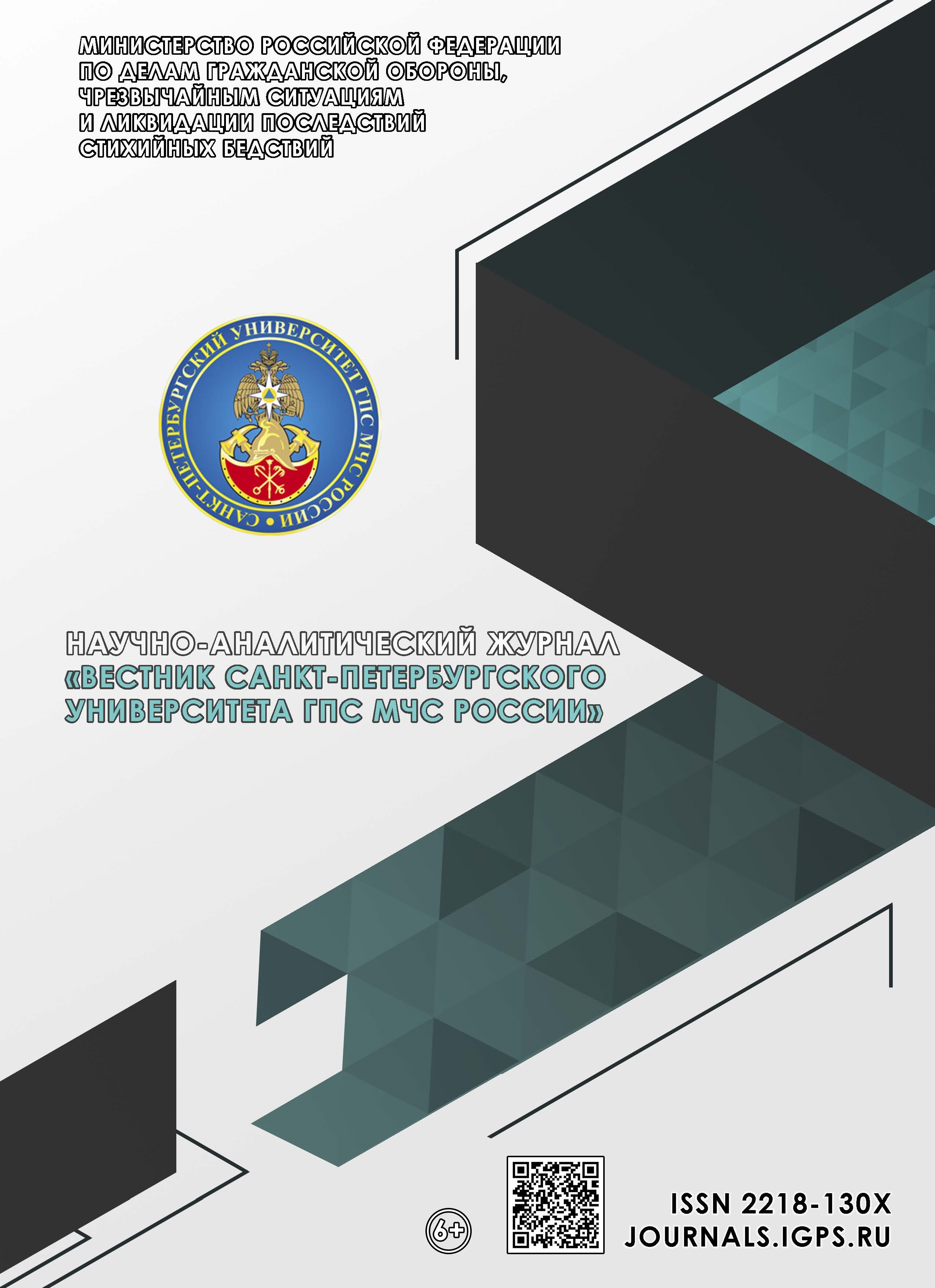graduate student
Russian Federation
This paper presents the developed algorithm of complex data processing, aimed at forming a reliable information flow from the initial data coming from heterogeneous and heterogeneous sources in terms of reliability and its software implementation. The algorithm is based on the concept of adaptive assessment of reliability of data and their sources, considering the level of consistency, the degree of conflict and confirmation of information. In modern conditions of intensive development of digital technologies and increase in the volume of processed information the task of forming a reliable information flow from heterogeneous data sources, which may differ in the level of reliability, structural characteristics and the degree of consistency of the information provided, is of relevance. The proposed algorithm of complexized data processing is based on the concept of adaptive assessment of reliability of both the data and their sources, considering such criteria as the level of consistency, the degree of conflict and confirmation of information. The developed algorithm is aimed at ensuring objective filtering, integration and optimal use of incoming data.
reliable information, false information, malicious information, complex information flow, source reliability, data consistency, degree of conflict
1. Fake news detector using deep learning / A. Akshansh [et al.] // International Journal of Advanced Research. 2024. № 11. Vol. 04. P. 1612–1621.
2. Revisiting Fake News Detection: Towards Temporality-aware Evaluation by Leveraging Engagement Earliness / J. Kim [et al.] // arXivLabs. 2024. № 2411. Vol. 12775. P. 1–11.
3. Zhou X., Zafarani R. A survey of fake news: Fundamental theories, detection methods and opportunities // ACM Computing Surveys. 2020. № 53 (5). P. 1–40.
4. Privalov A.N., Smirnov V.A. Poisk fejkovyh sajtov s ispol'zovaniem metoda opredeleniya vizual'nogo skhodstva stranic // Izvestiya TulGU. Tekhnicheskie nauki. 2022. № 9. S. 260–264.
5. Obespechenie celostnosti dannyh posredstvom chastichnoj «fragmentacii» dannyh / A.K. Kurtov [i dr.] // Sovremennye nauchnye issledovaniya i innovacii. 2023. № 9. URL: https://web.snauka.ru/issues/2023/09/100716 (data obrashcheniya: 05.03.2025).
6. Zhou Yu. The Silent Saboteur: The Impact and Management of Malicious Word-Of-Mouth in The Digital Age // Highlights in Business Economics and Management. 2024. № 41. P. 381–386.
7. The impact of malicious nodes on the spreading of false information / Z. Ruan [et al.] // Chaos: An Interdisciplinary Journal of Nonlinear Science. 2020. № 30. P. 083101.
8. Creating and detecting fake reviews of online products / J. Salminen [et al.] // Journal of Retailing and Consumer Services. 2022. № 64. P. 102771.
9. Wesam H.A., Ragheed A., Yossra H.A. Opinion mining for fake recommendations in e-commerce: A machine learning approach using LightGBM // AIP Conference Proceedings. 2025. № 3169. Vol. 030015. P. 1–11.
10. Shilpa Yu., Gulbakshee Dharmela K.M. Fake Review Detection Using Machine Learning Techniques // Journal of Emerging Technologies and Innovative Research (JETIR). 2021. Vol. 8 (4).
11. Lebedev I.S. Adaptivnoe primenenie modelej mashinnogo obucheniya na otdel'nyh segmentah vyborki v zadachah regressii i klassifikacii // Informacionno-upravlyayushchie sistemy. 2022. № 3 (118). S. 20–30.
12. Tymchuk A.I. Informacionnaya sistema kontrolya dostovernosti dannyh priborov uchyota v avtomatizirovannoj informacionno-izmeritel'noj sisteme kontrolya i uchyota elektroenergii // MNIZH. 2024. № 6 (144). S. 1–9.
13. Minakov S.S., Mihajlenko N.V. Problemy obespecheniya dostovernosti tekhnicheskih dannyh i svedenij, sopryazhyonnyh s vyyavleniem i rassledovaniem incidentov i prestuplenij, sovershyonnyh s ispol'zovaniem informacionno-telekommunikacionnyh tekhnologij // Vestnik ekonomicheskoj bezopasnosti. 2023. № 6. S. 107–112.






